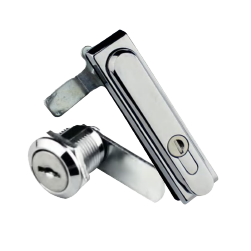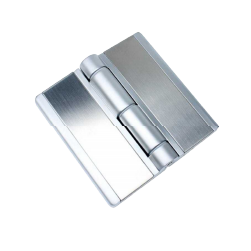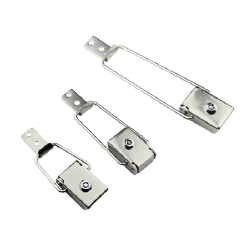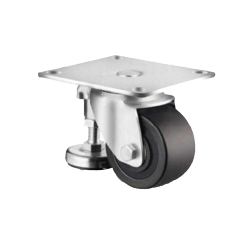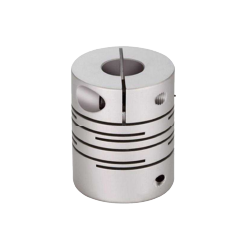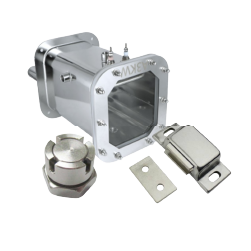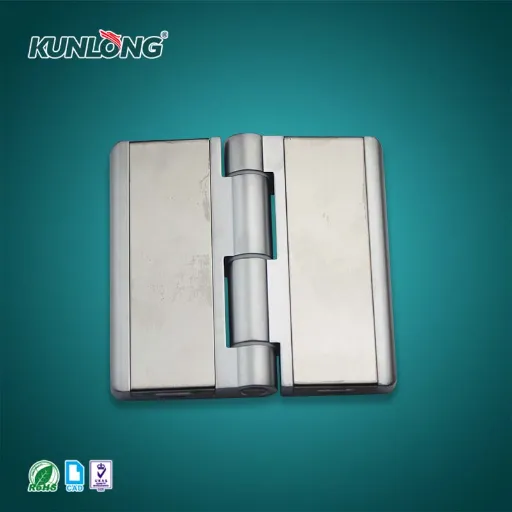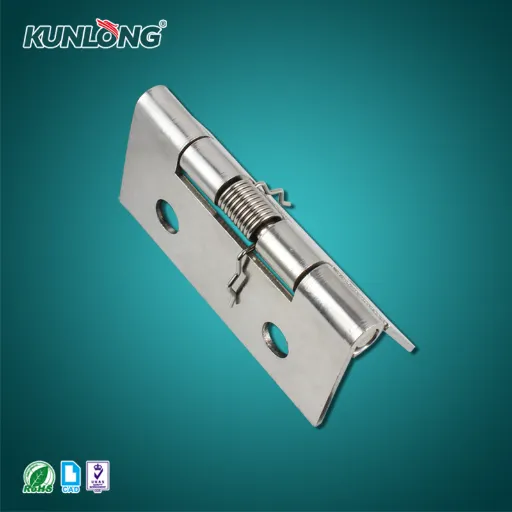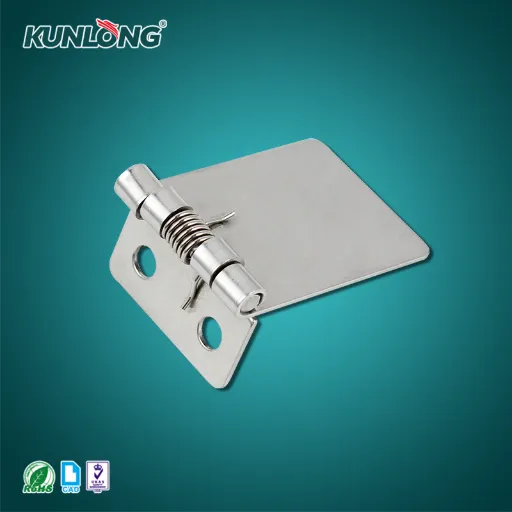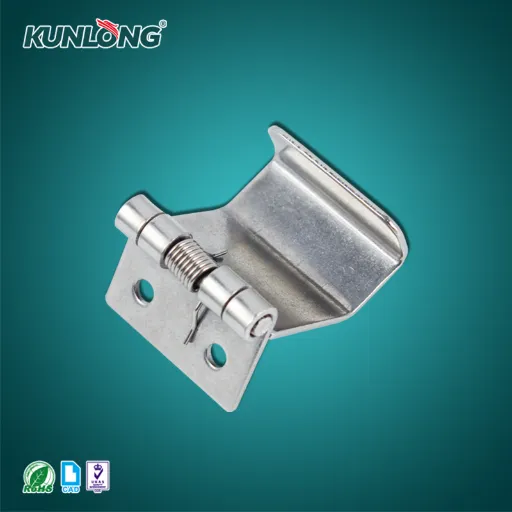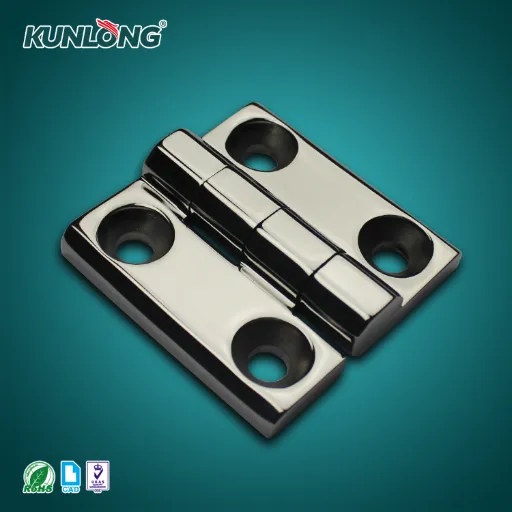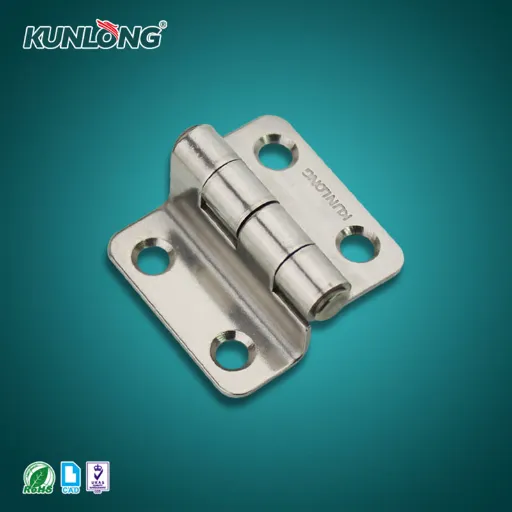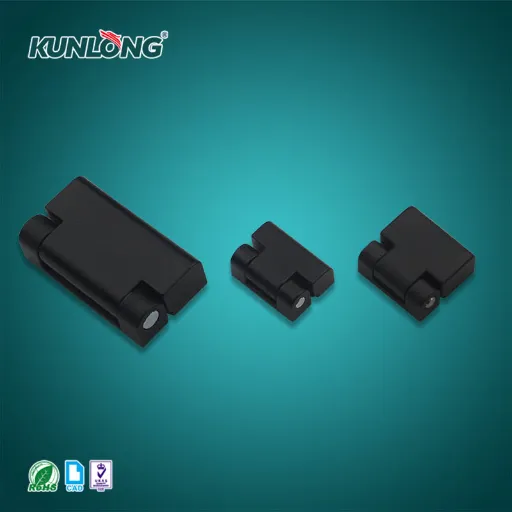Aviation, Shipbuilding & Railway Equipment
- Home
- Aviation, Shipbuilding & Railway Equipment
Equipment Manufacturers' Preferred: High-Quality Industrial Hardware Solutions
Hardware Expertise Since 2005, Our Advantages, Your Benefits
Kunlong Hardware Solutions for Extreme Environments
Precision-Engineered for Aviation, Shipbuilding & Railway Demands
4 Key Mechanical Hardware Issues Our Customers Face
Improper material selection:
Choosing mismatched hardware materials in the scene is a risk and mistake. For example, using rust-prone hardware to assemble equipment in a humid environment will cause the strength and corrosion resistance of the hardware to fail.
Material defects:
Hard-to-detect cracks and impurities in the material will increase the probability of deformation and cracking of the hardware during use.
Aging:
Over a significant life cycle, the efficiency of the material will deterioration. A typical sign of aging is brittle plastic components.
Design defects:
unreasonable structural design leads to stress concentration, insufficient strength or failure to meet assembly requirements. For example, sharp corners can easily lead to stress concentration.
Dimensional accuracy problems:
excessive deviation in the size of structural parts leads to assembly difficulties, which ultimately affects equipment performance.
Surface treatment problems:
improper surface treatment leads to poor corrosion resistance, rough surface or aesthetics of structural parts. For example, electroplating layer peeling, spray layer paint peeling, uneven oxide layer, etc.
Processing accuracy:
Insufficient processing accuracy leads to excessive deviation in the size of hardware structural parts or surface roughness that does not meet the requirements. For example, the drilling position deviation is too large, which makes assembly difficult.
Welding problems:
Poor welding quality leads to cracking, pores or slag inclusions in the weld. Or welding errors lead to deformation of structural parts.
Assembly problems:
Improper assembly leads to deformation, loosening or damage of structural parts. For example, insufficient or excessive tightening torque of bolts.
Corrosion:
With regards to materials, factors such as lack of adequate surface treatment and poor material selection, highly impacts corrosion in humid environments. For example, metals are corroded by the ocean’s alkaline environment.
Temperature Problems:
Most places that have either too low or high temperatures can bring about changes to available materials. As a result, this can lead to alteration or damage. For instance, industrial ovens have ultra high temperature operating environments and are strict in regards to their hardware temperature requirements.
Vibration Problems:
These environments featuring high-frequency vibrations spell trouble for some structural components which are susceptible to fatigue damage. This is the case for structural hardware within railway equipment.
Wear Problem:
Frictional environments have a cooling effect on structural components. Over time, these components can become less accurate, or simply operate for a shorter life span.

